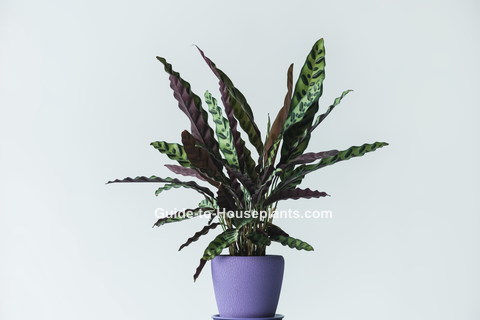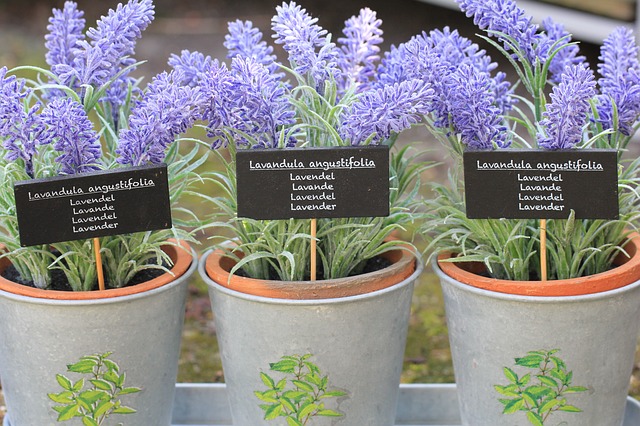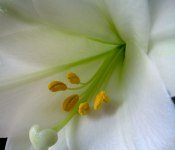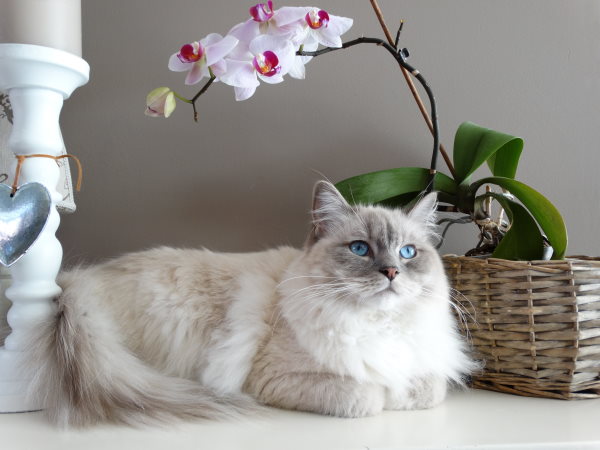Caring for Calathea Lancifolia Indoors
Calathea lancifolia belongs to a handsome family of plants that fold up their leaves at night, giving them the common name of prayer plants.
Discover how to care for this Maranta relative as a houseplant. In this guide, you'll find out when to water, fertilize, and repot, plus how much sunlight it needs year-round, and why you'll want to boost the humidity for this captivating Calathea.
 Called Rattlesnake Plant for its distinct foliage, it makes a striking houseplant.
Called Rattlesnake Plant for its distinct foliage, it makes a striking houseplant.Get to Know Your Houseplant
This member of the Marantaceae family is also called Rattlesnake Plant for its striking patterns.
Long and narrow, the leaves have ruffled edges that are unique to this Calathea species. They are bright green with alternating dark-green markings down each leaf. The underside of the leaves are purple, making it eye-catching from any angle.
Calathea lancifolia is fascinating because of the way its leaves react to the light it receives throughout each day -- sprawling, then upright, then folded up -- this tropical house plant earns its name prayer plant.
Perennial and evergreen, this decorative plant is native to the tropical forests of Brazil, where it receives bright, yet indirect sunlight, warm temperatures, and high humidity all year long. Give your Calathea houseplant what it wants and you'll keep it healthy and thriving for several years.
How big does Calathea lancifolia get? You can expect your houseplant to grow up to 2 ft (60 cm) tall.
Is it poisonous to cats and dogs? No -- according to the ASPCA, all Calatheas are non-toxic and safe around pets.
Growing Calathea Lancifolia Year-Round
Repot in spring, every year or two to give your houseplant more room and also to give it fresh potting medium. Use a pot only 2 inches larger than the old one. Why? A pot that's too large will hold too much water and may lead to root rot. When repotting, keep the base of the plant at the same soil level as it was in the old pot. Potting it too deep may cause stem rot.
Keep it clean. Large leaves tend to be dust-catchers. Wipe them off occasionally so they'll get the sunlight they need for photosynthesis. Hold your hand under each leaf to support it, while wiping off dust with a soft, moist towel.
Brown leaf tips may be caused by excess salts in the soil (see "Flush salts" below) or dry air. Humidity can drop drastically in winter without your even noticing it. However, your tropical plants will notice. If your home is as dry as mine, use one of these easy ways to add humidity for your houseplants.
Flush salts. Calatheas are sensitive to fluoride and chlorine from tap water, plus the build up of salts from fertilizer. You've probably noticed white, crusty stuff on top of the soil on some of your potted plants -- either indoors and out -- that's an accumulation of soluble salts. It not only looks unsightly, it can damage your plant. You'll have a much healthier plant if you flush the soil once a year. It's easy, and takes just minutes to do. Here's how: slowly pour room-temperature distilled water over the soil. Allow the water to drain out the drainage holes. Pour more water through the pot, then empty the drainage tray.
Something bugging your houseplant? Watch for cotton-like mealybugs clustered at the base of leaves and along the stems. Treat any infestation right away because these sap-sucking bugs will cause damage, then move on to your other indoor plants. Perhaps the most dreaded pest is spider mites. They're attracted to houseplants, especially in winter when the air is dry. By the time you notice webbing between leaves, their destruction is advanced and the plant should be tossed out. Never use oil spray on Calatheas because it will burn their leaves.
Calathea Lancifolia Care Tips
Light: Bright, indirect sunlight. No direct sun, which will cause brown scorch marks on its leaves.
Water: Aim to keep the potting mix lightly moist; never allow it to dry out. Pot your Calathea lancifolia in a container with drainage holes. Water thoroughly, then empty the drainage tray to prevent soggy soil, which can lead to root rot. Calatheas are sensitive to fluoride and chlorine in tap water -- use distilled or rain water.
Humidity: Calatheas love high humidity, and this Brazilian native is no exception. Try to maintain at least 60% relative humidity around Calathea lancifolia all year. It's a good idea to use a cool-mist room humidifier near your houseplant, especially in winter. Dry air may cause brown leaf tips.
Temperature: Warm room temperatures (70-85°F/21-29°C) year-round.
Soil: Peat-rich potting mix with added perlite and/or vermiculite for faster drainage. African violet potting mix is ideal.
Fertilizer: Feed monthly spring through fall with a balanced water-soluble fertilizer. Do not feed in winter when growth is slow.
Propagation: You can divide plant when it gets big. The best time to divide Calathea lancifolia is in spring, when it's starting its most vigorous time of growth.


